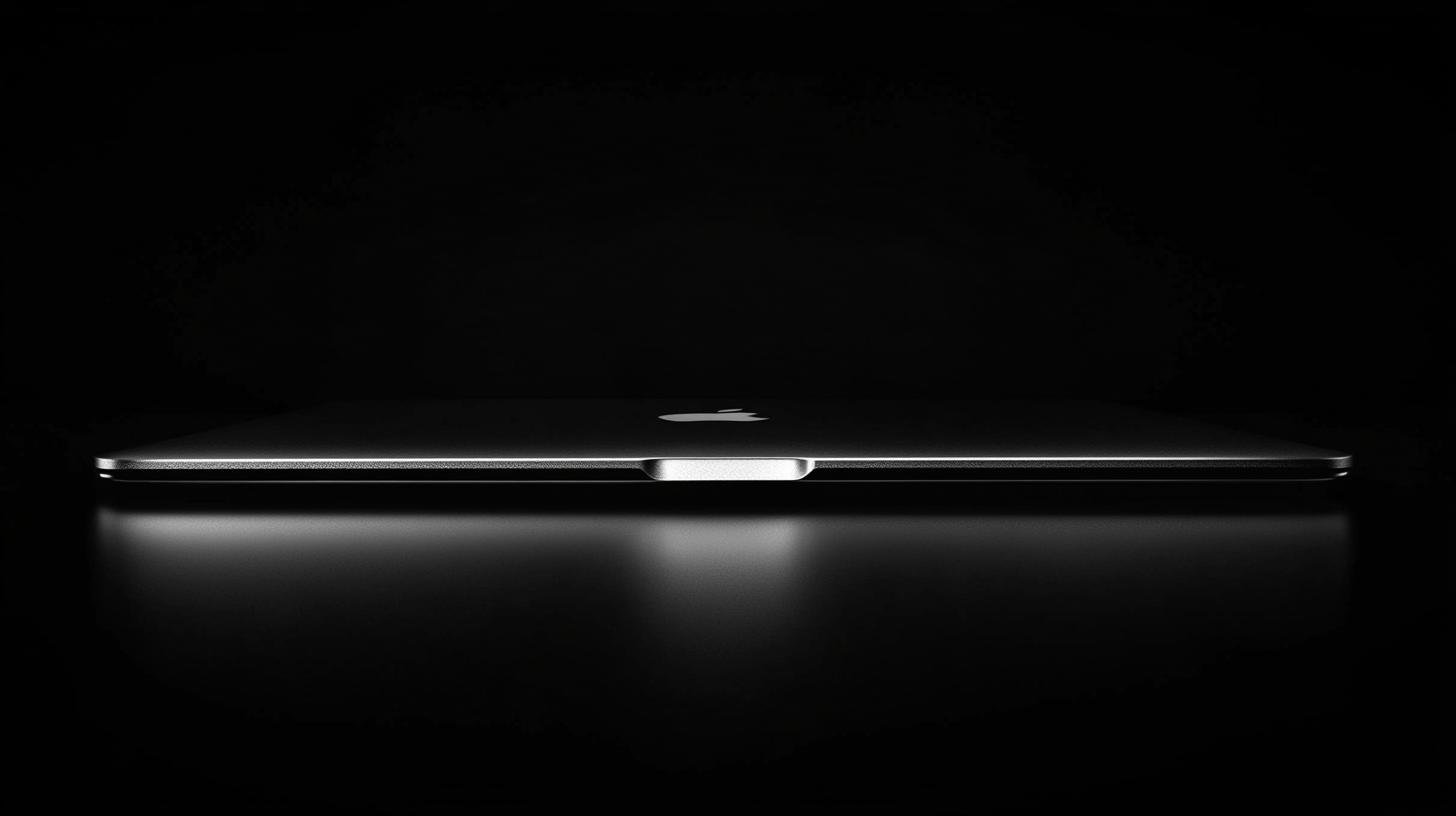In the world of technology, Apple’s MacBook Pro has proven to be a trendsetter over the past two decades. The MacBook Pro, first unveiled in 2006, has undergone many transformations, and there’s more to come.
The 2023 MacBook Pro was unique for introducing a Space Black color option, but significant redesigns are known to occur every five years. Although 2025’s iteration is expected to feature the upgraded M5 chip, its design will remain consistent with recent models. Anticipation is high for 2026, which promises a pronounced redesign marking the 20th anniversary of the MacBook Pro. It will potentially feature OLED displays and be considerably slimmer and lighter, transitioning away from the current mini-LED technology.
Reflecting on its history, the MacBook Pro has consistently adapted to new technological needs. Following its initial release with an Intel processor and the innovative MagSafe connector, Apple introduced a unibody aluminum design in 2008 that emphasized durability and streamlined aesthetics. The 2012 model brought another breakthrough with a Retina Display and SSD storage, although it notably eliminated the optical drive.
In the following years, Apple experimented with additional features like the multitouch OLED touch bar and Thunderbolt 3/USB-C ports in 2016. Despite challenges, such as the “butterfly” keyboard issue resolved with a $50 million settlement, the MacBook Pro continued to evolve.
The introduction of Apple’s ARM-based M1 chip in 2020 marked the start of a new era, further enhancing MacBook efficiency. As tech enthusiasts eagerly await the 2026 overhaul, it’s clear that the MacBook Pro’s legacy is one of constant innovation and adaptation.
The Unseen Influences of Apple’s MacBook Evolution on Global Communities
Apple’s MacBook Pro: More Than Just a Laptop—Its Global Impact Explored
The Apple MacBook Pro’s journey is not just a tale of technological innovation; it significantly influences economies, educational systems, and environmental policies worldwide. While much attention has been paid to its successive upgrades and sleek design, the broader implications of its evolution remain largely under-discussed.
Economic Impacts: Balancing Scarcity and Innovation
Apple’s global supply chain has been pivotal in shaping economies, especially in production hubs like China, Vietnam, and Taiwan. The demand for rare materials needed for each new MacBook Pro model, such as lithium and cobalt, emphasizes the economic struggle between scarcity and innovation. These materials are crucial for batteries and electronic components, resulting in a lucrative yet competitive market.
However, this scramble for resources raises controversy over labor practices and environmental sustainability. Mining for these materials often involves labor exploitation and environmental degradation, sparking global debate about ethical sourcing.
Educational Revolution: Bridging Gaps
The proliferation of MacBook Pros in educational institutions has democratized learning, offering students worldwide access to advanced technology. In higher education, the MacBook Pro is often seen as essential for fields like graphic design, engineering, and digital arts, where its powerful hardware and software capabilities allow complex project execution.
However, the high cost of MacBook Pros can widen the digital divide, limiting access for students in underprivileged areas. This raises critical questions: Are we creating a technological elite, and how can tech companies balance business interests with equitable access?
Environmental Considerations: The Sustainability Question
Despite Apple’s strides in eco-friendly design—like reducing carbon footprints and utilizing recycled materials—their commitment to sustainability is continually evaluated. The pivot from mini-LED to OLED technology, while beneficial for display performance, presents a challenge as OLED production is often less environmentally friendly.
Controversies and Ethical Questions
Apple’s journey with the MacBook Pro has not been without its controversies. Beyond the well-documented “butterfly” keyboard debacle, questions about planned obsolescence linger. Some critics argue Apple encourages frequent upgrades, contributing to electronic waste. Is it ethical for tech companies to drive consumerism at the expense of the environment?
Advantages and Disadvantages Explored
– Advantages:
– Progressive technology heralds new industry standards.
– Drives economies with employment in tech and production sectors.
– Enhances educational tools with cutting-edge features.
– Disadvantages:
– High cost can exacerbate inequities.
– Resource extraction poses ethical and environmental challenges.
– Potentially rapid obsolescence contributes to environmental waste.
Is Apple Doing Enough to Address These Challenges?
As a global leader, Apple faces the continual challenge of ensuring that its pursuit of innovation doesn’t overshadow ethical and environmental responsibilities. Are initiatives like renewable energy use and recycling programs sufficient, or do they require scaling to mitigate their overall carbon footprint?
To delve more into the realms of tech innovations and ethical implications in the tech industry, visit Apple’s official website and explore their sustainability reports and product innovations. For those interested in the broader impacts of tech advancements, BBC offers in-depth analyses and reporting on the latest technological trends and controversies.












